Resources & Facilities
The NeuroNET Research Center brings together faculty from 13 departments, 4 colleges, UT Medical Center, and ORNL. Our goal is to connect NeuroNET members with a rich array of shared facilities and resources to facilitate their research programs and promote collaboration. These resources include core facilities gene sequencing and small molecule analysis, shared equipment for neuroimaging, and access to patient populations at the UT Medical Center. Several of the neuroscience-related core facilities are listed below. For a complete list of core facilities provided by the Office of Research, Innovation, and Economic Development see here.
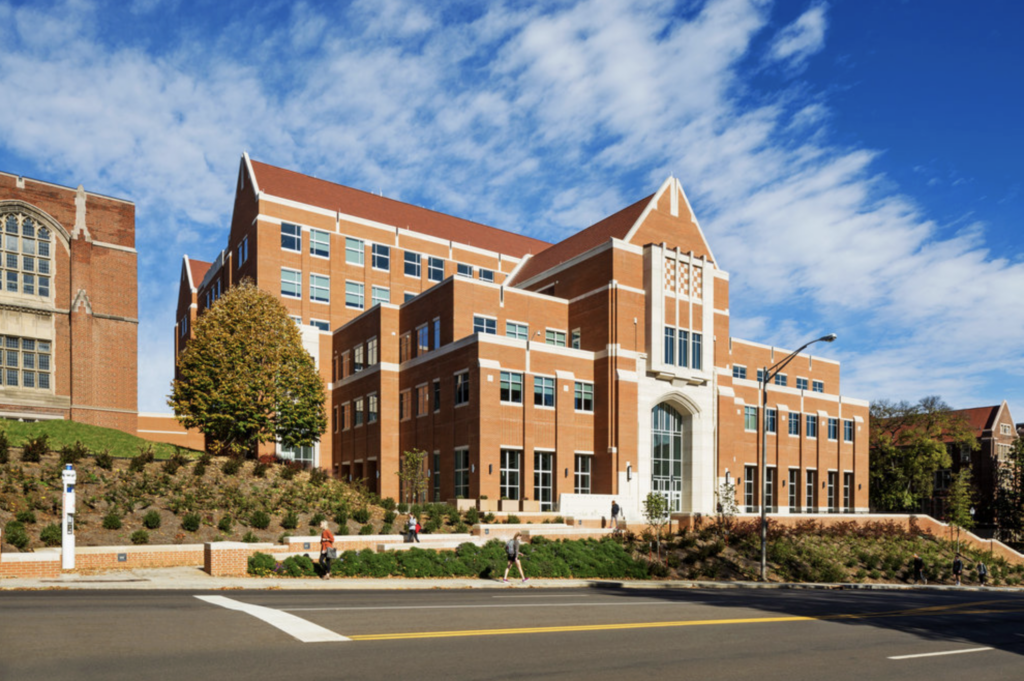
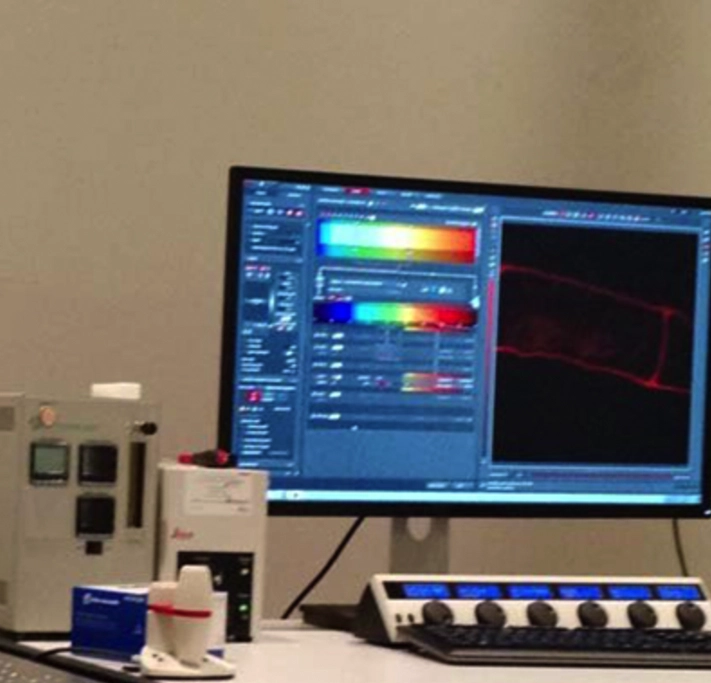
Advanced Microscopy and Imaging Center
The Center is a multidisciplinary facility that provides microscopy and imaging services in support of teaching and research for students and faculty. The instruments include laser scanning confocal microscopy, total internal reflection microscopy, atomic force microscopy, and scanning and transmission electron microscopy.

Genomics Core
The core facility provides UTK faculty and students with access to high-throughput DNA and RNA sequencing. Available equipmentand resourcesincludes Illumina MiSeq, Illumina NovaSeq, and Applied Biosystems 3730 Genetic Analyzer for Sanger Sequencing.
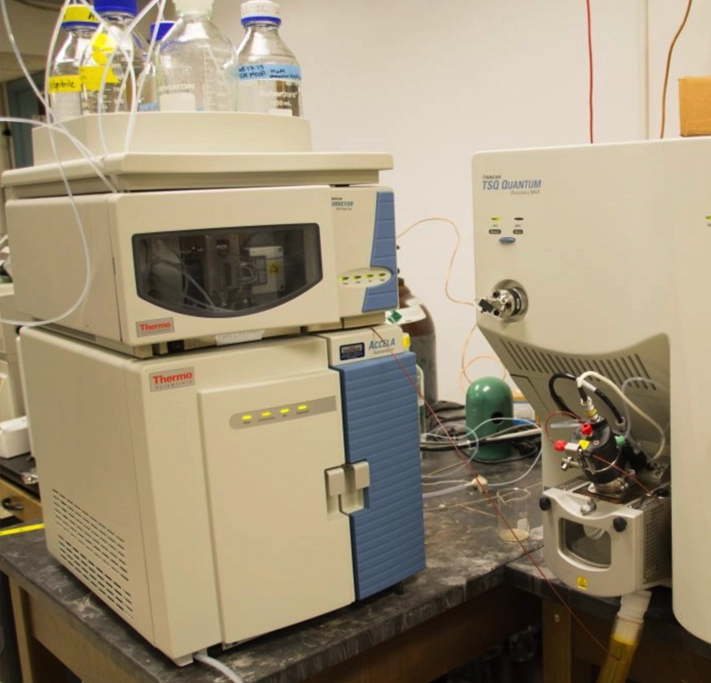
Biological and Small Molecule Mass Spectrometry Core
The core facility provides proteomic and metabolomic analysis of biological samples. Major instrumentation includes anOrbitrap Mass Spectrometerand TSQ Quantum Discovery Max Mass Spectrometer.
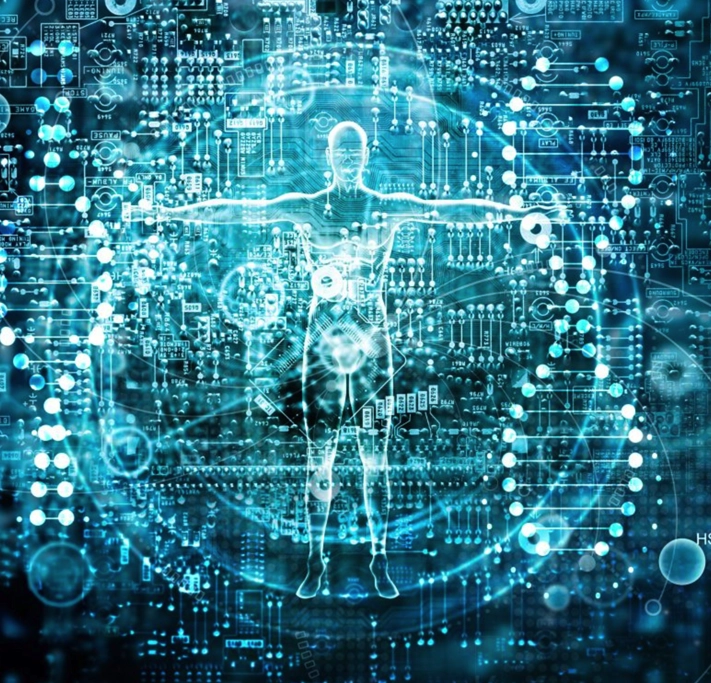
Bioinformatics Resource Center
The Bioinformatics Resource Center is part of the Center for Environmental Biotechnology and supports researchersin analyzing sequencing data by providing bioinformatics expertise and access to state-of-the-art computational resources.

Mossman Lab Animal Facility
The animal facility providesthe highest quality services and professionalcare for research animals. NeuroNET researchers are committed to ethical principles of humane animal care and conducting research in accordance with all regulatory agencies.
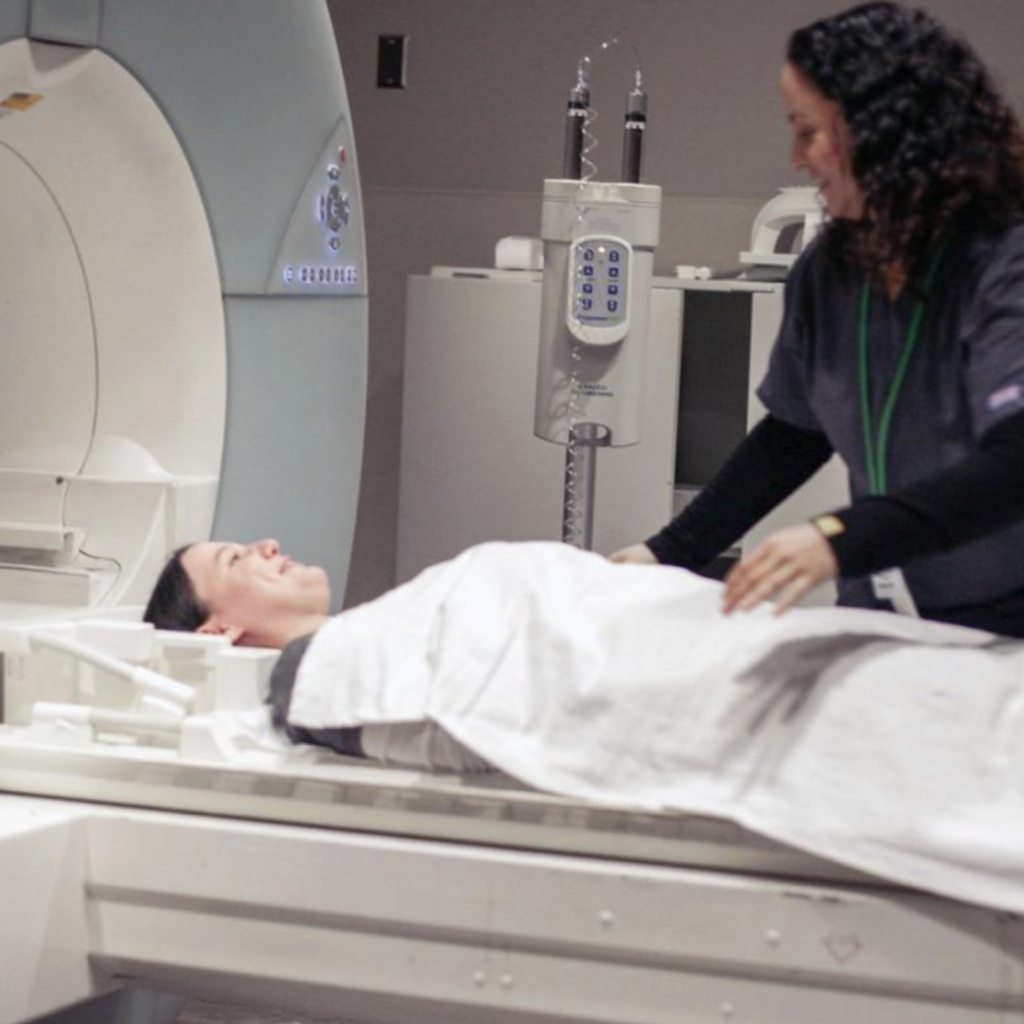
Imaging at UT Medical Center
The UT Medical Center has a 3 Tesla magnet that was purchased in partnership with UT Office of Research, Innovation, and Economic Development. Time on this equipment is available for NeuroNET researchers. The point of contact for imaging resources at UT Medical Center is Dr. Dustin Osborne.
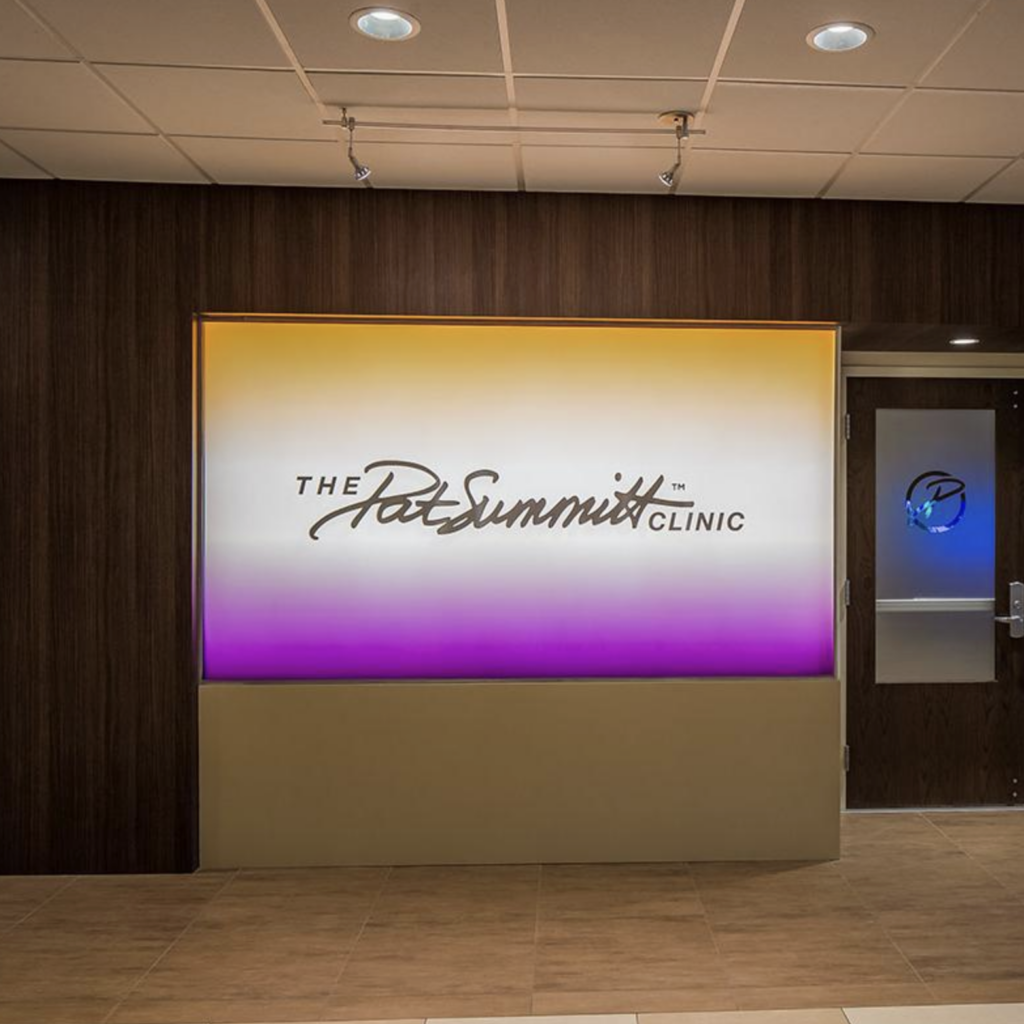
The Pat Summitt Clinic at UT Medical Center
The Pat Summitt Clinic provides diagnosis and treatment for Alzheimer’s disease and other forms of dementia including frontotemporal dementia, vascular dementia, dementia with Lewy bodies, and primary progressive aphasia.
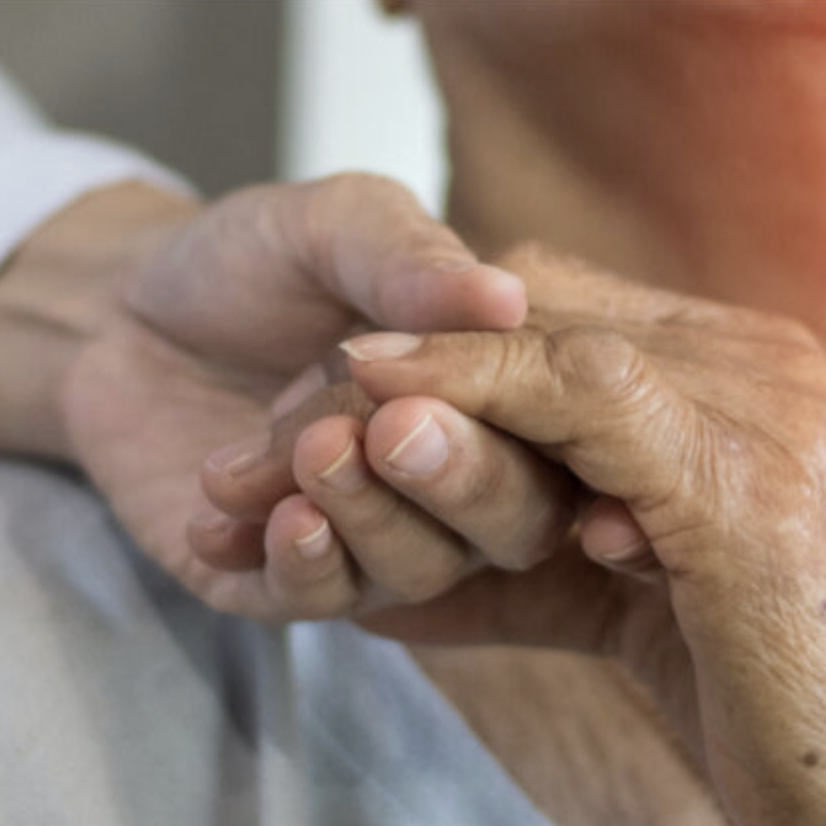
The Cole Center for Parkinson’s and Movement Disorders at UT Medical Center
The Cole Center employs the latest technologies and therapies to diagnose and treat movement disorders. The Center supports clinical trials and provides treatments such as dopaminergic drugs, botulinum toxin, anddeep brain stimulation.

UT Graduate School of Medicine
The Graduate School of Medicine strives to provide an environment that promotes meaningful clinical and translational biomedical research in therapeutics, diagnostics, and health care delivery. There are a variety of facilities and resources available for research collaborations.